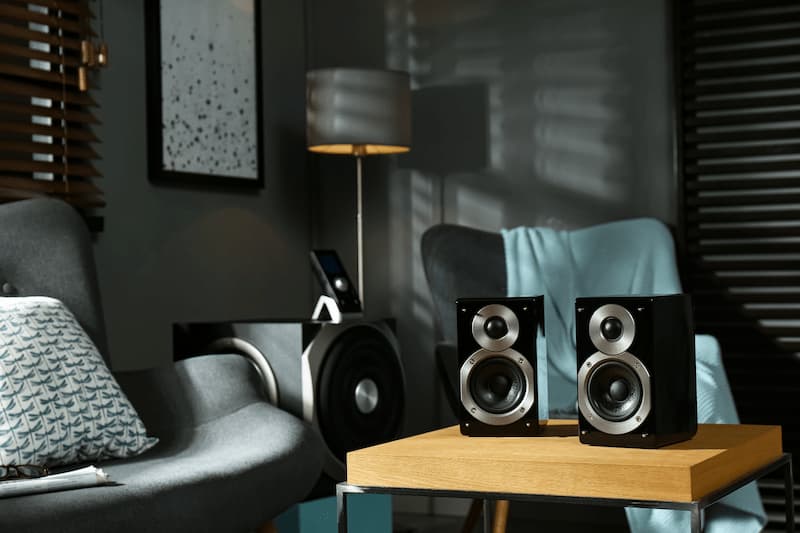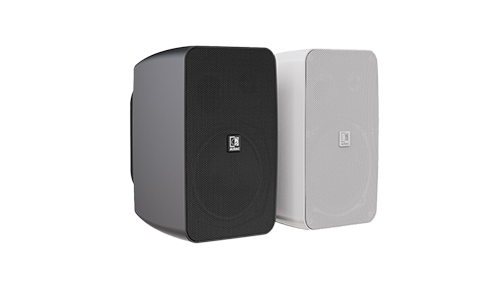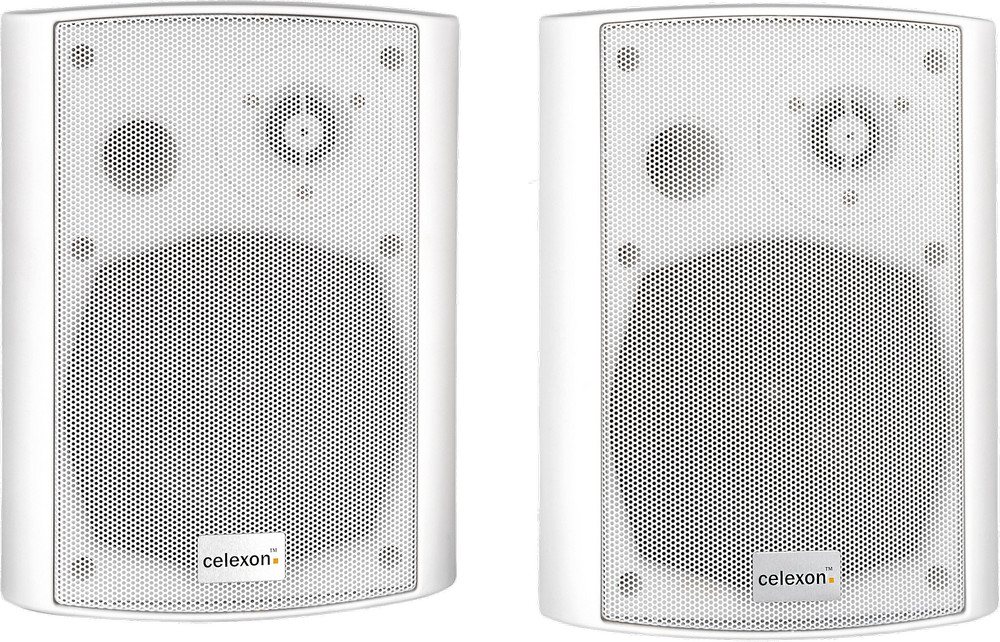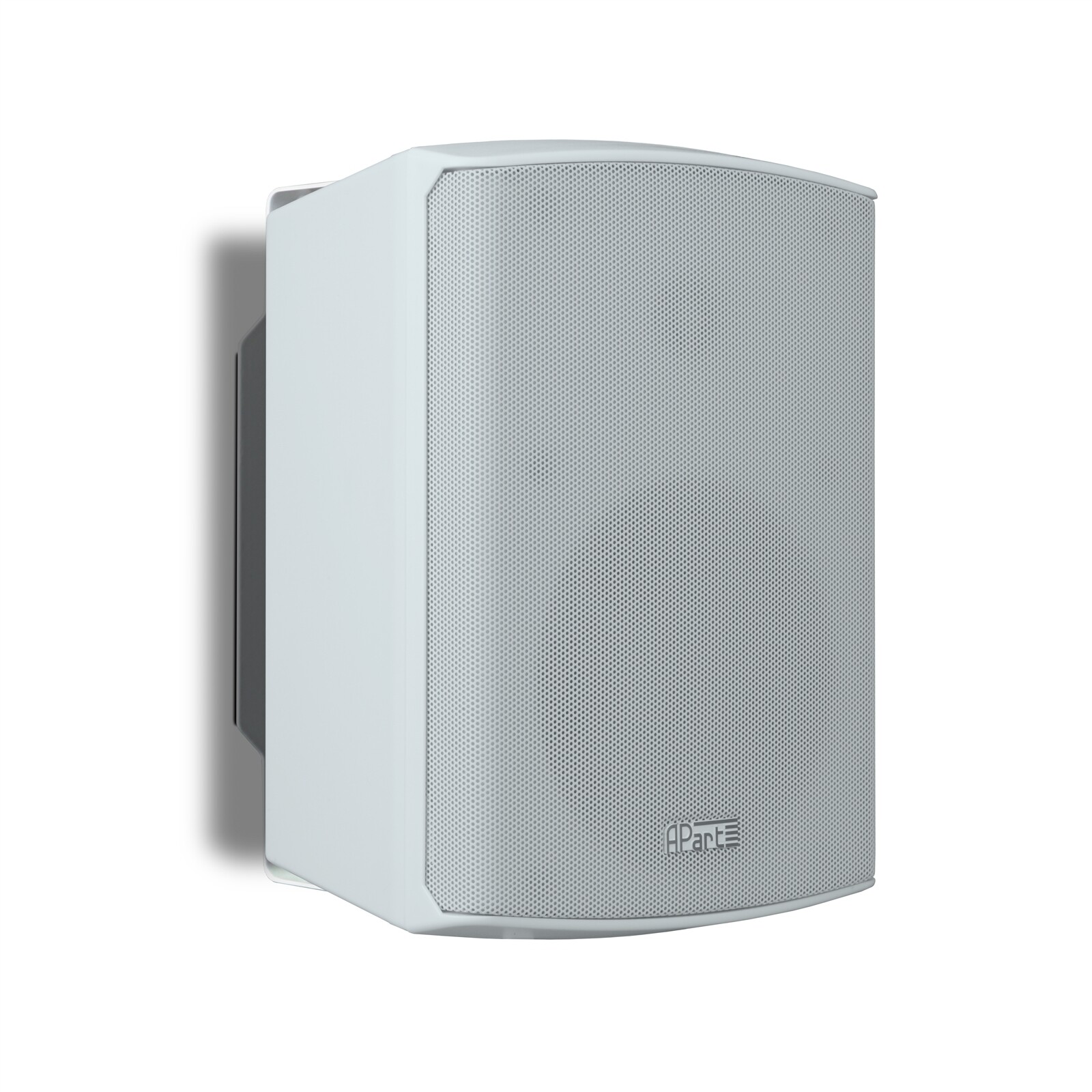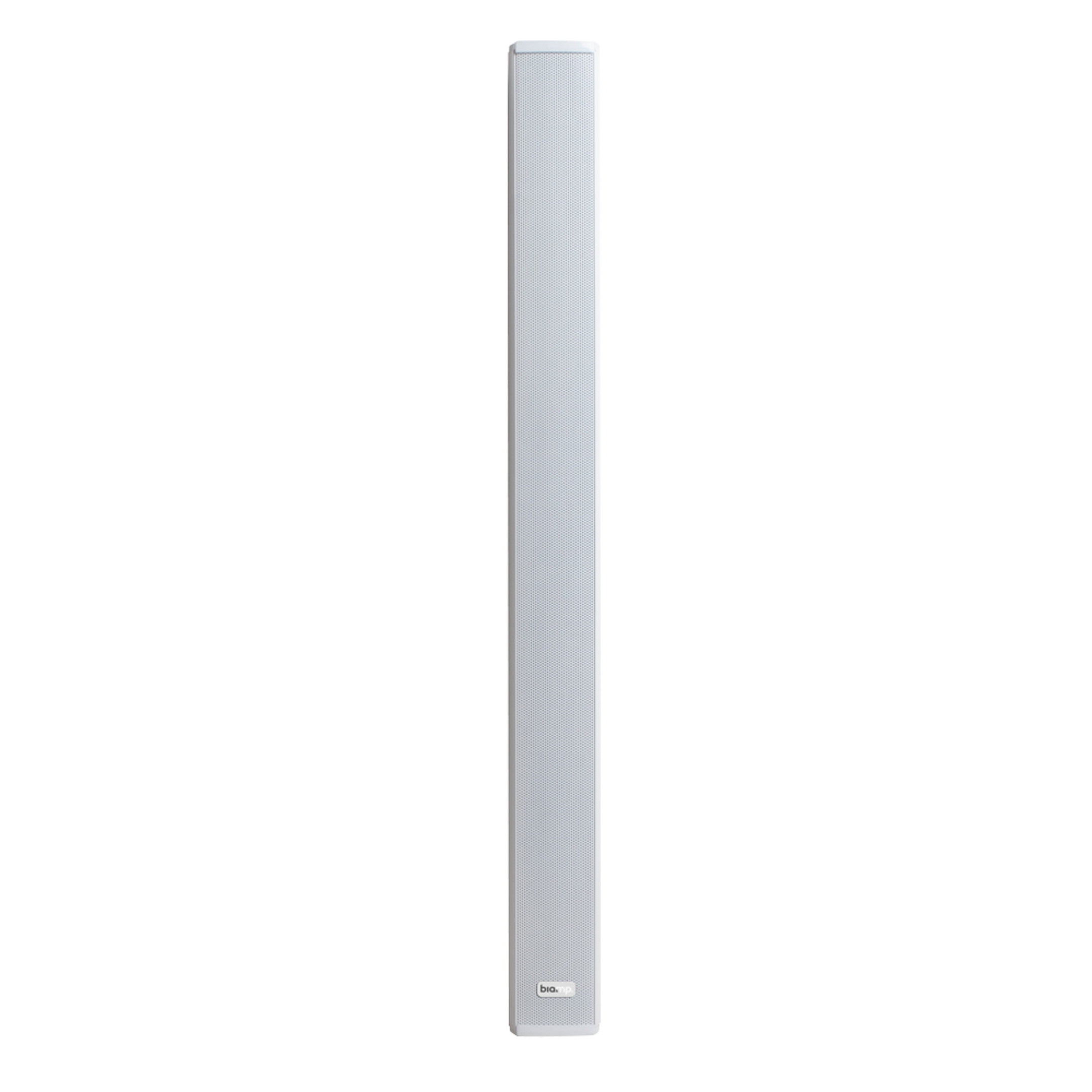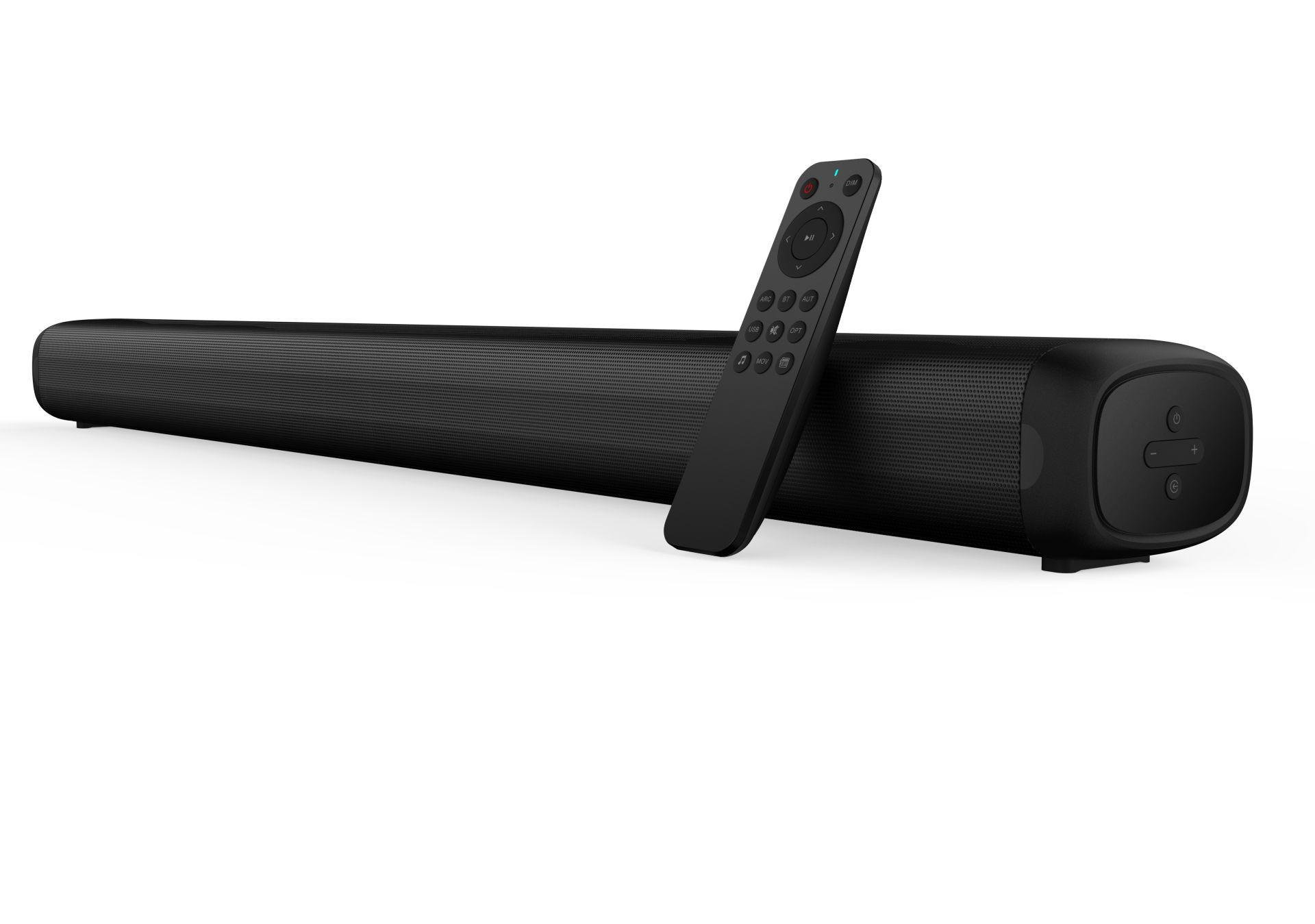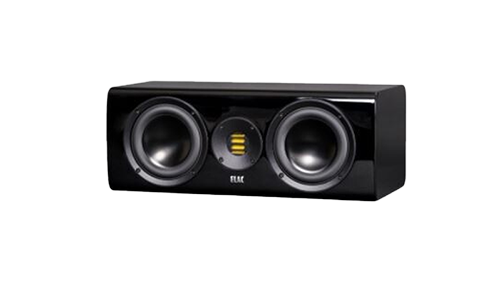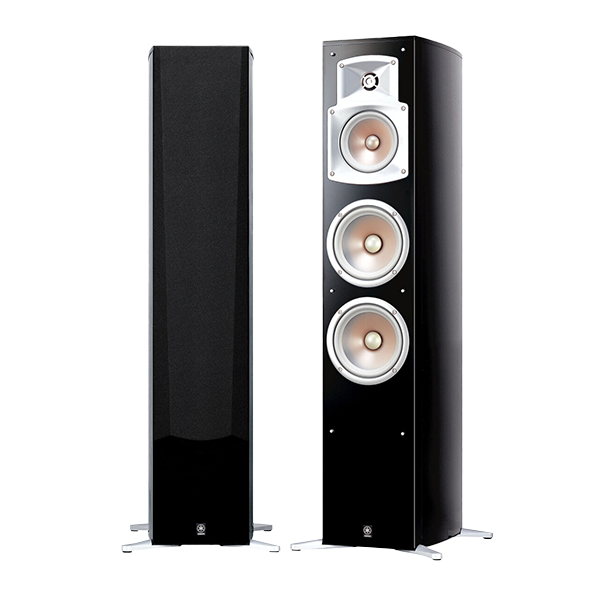In this buying guide, we explain how a multi-way speaker system works. We also tell you what you should look out for when buying.
There are many different things to consider when choosing one or more speakers. Factors such as the size of the room, the intended use and the positioning of the speakers play a decisive role.
These factors are reflected in the frequency response, design, structure, complexity and size of a loudspeaker. In addition to the type of speaker (floorstanding speakers, bookshelf speakers and centre speakers), it is also important to differentiate between the number of paths. As there are different approaches here, we would like to present them to you in more detail.
The most important questions briefly explained
The 2-way loudspeaker principle
The 2-way speaker principle is the basic speaker principle in which the incoming electrical signal is distributed to two drivers, a bass-midrange driver and a tweeter. The crossover frequency is usually in the range of 2 - 5 kHz. In terms of its design, the crossover is quite simple.
The 2 ½-way loudspeaker principle
This system is based on the 2-way loudspeaker principle. A tweeter covers the upper frequencies. There are also two additional drivers for the low and mid frequencies. These two drivers are addressed equally up to a fixed lower frequency. This frequency lies in a range of 200 - 800 Hz. If the music signal exceeds this frequency range, only one driver is activated. The actual separation between the bass and treble signals takes place in a range of 2-5 kHz. To summarise, it can be said that this is a 2-way loudspeaker system with bass support.
The 3-way loudspeaker principle
With this multi-way principle, the electrical signal is clearly divided into a low, mid and high frequency range and these frequencies are then distributed to three drivers designed for this purpose (woofer, midrange and tweeter). As each driver is assigned a clearly defined frequency range, manufacturers can specialise in the respective design and thus achieve a larger cone area overall. The crossover is more complex and separates the bass and mid-range between 200-800 Hz and the mid-range and tweeter between 2-5 kHz.


